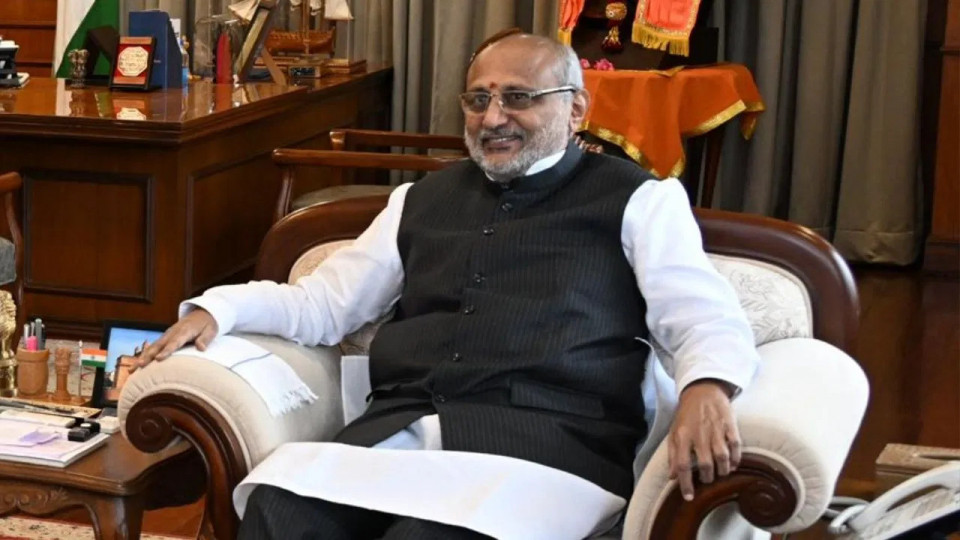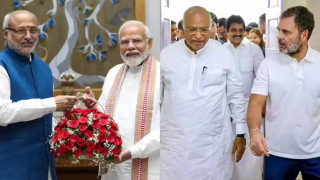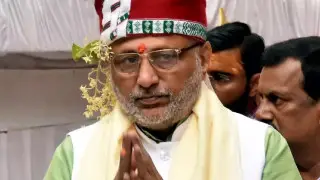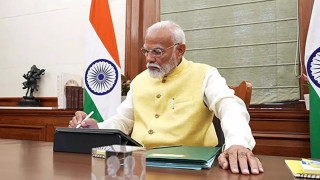
CP Radhakrishnan (Social media)
National News:The Bharatiya Janata Party (BJP) has chosen CP Radhakrishnan, the Governor of Maharashtra, as the National Democratic Alliance’s (NDA) candidate for the Vice Presidential election. The announcement puts an end to weeks of speculation and reflects BJP’s wider strategy to balance regional representation while boosting its southern presence, particularly in Tamil Nadu.
Radhakrishnan comes from Coimbatore in Tamil Nadu and belongs to the Gounder community, a powerful OBC group. By nominating him, BJP is clearly targeting both the OBC voter base and southern sentiment. Tamil Nadu is heading into an important assembly election in 2026, and so far, BJP has been unable to make a decisive impact in the state’s politics.
The vice presidential nomination gives BJP a chance to present itself as a national party that includes the South at top levels of leadership. It also sends a message to its allies that the party values regional balance within the NDA.
Radhakrishnan has been a part of public life for decades. He was elected to the Lok Sabha twice from Coimbatore, served as the Governor of Jharkhand, and currently holds the post of Governor of Maharashtra. With his deep ties to the Rashtriya Swayamsevak Sangh (RSS) and long political experience, he enjoys credibility within both the BJP and its wider ideological family.
His candidature also suits BJP’s southern expansion plan. While the party has established itself in Karnataka and recently made inroads in Telangana, it has struggled to break through in Tamil Nadu and Kerala, where regional pride and Dravidian identity are strong political factors.
Since 1967, Tamil Nadu’s politics has largely been controlled by DMK and AIADMK. National parties, including BJP, have remained on the sidelines. In the 2019 Lok Sabha polls, BJP managed to secure only 3.7% of the vote share in Tamil Nadu. By 2024, it increased to 11.24%, an improvement of nearly 8 percentage points, though the party still could not win a single seat.
In the same polls, DMK won 22 seats with 26.93% of the votes, while AIADMK secured 20.46% of the vote share. Although BJP’s performance lagged behind, the rise in vote percentage gave the party fresh confidence. It now sees the 2026 assembly polls as a chance to build on this base.
Politics in South India is shaped by language, caste, and regional pride. In Tamil Nadu, caste groups like Vanniyars, Thevars, and Gounders play decisive roles. Similarly, communities like Lingayats in Karnataka and Reddys in Andhra Pradesh hold significant influence. Regional parties are adept at mobilizing these groups, while BJP is still seen as an “outsider” in parts of the South.
The anti-Hindi sentiment in Tamil Nadu has also been a long-standing obstacle for BJP. Its Hindutva narrative often clashes with the Dravidian model of politics, which emphasizes Tamil culture and social justice. Radhakrishnan, being a local leader with strong community roots, could help soften this resistance.
The 2026 assembly election in Tamil Nadu is shaping up to be a decisive contest. DMK will aim to retain power with its alliance partners, while AIADMK hopes for a comeback. BJP, despite its limited presence, is trying to position itself as an alternative force. By nominating Radhakrishnan as vice president, the party has taken a symbolic yet strategic step to strengthen its southern profile.
BJP’s choice of CP Radhakrishnan is not just about filling the vice president’s office. It is a political signal aimed at the South, an attempt to attract OBC voters, and a move to prepare the ground for the upcoming Tamil Nadu elections. Whether this gamble translates into electoral gains remains to be seen, but the message is clear: BJP wants to narrow the North-South divide and present itself as a truly pan-Indian party.













Copyright © 2025 Top Indian News
